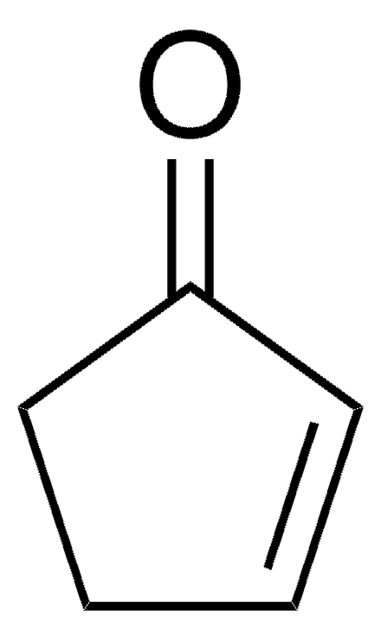451088
6-Mercapto-1-hexanol
97%
Synonym(s):
6-Hydroxy-1-hexanethiol, 6-MCH, 6-Mercaptohexan-1-ol, 6-Mercaptohexanol, MCH
About This Item
Recommended Products
assay
97%
reaction suitability
reagent type: linker
refractive index
n20/D 1.486 (lit.)
bp
225 °C (lit.)
density
0.981 g/mL at 25 °C (lit.)
functional group
hydroxyl
thiol
SMILES string
SCCCCCCO
InChI
1S/C6H14OS/c7-5-3-1-2-4-6-8/h7-8H,1-6H2
InChI key
UGZAJZLUKVKCBM-UHFFFAOYSA-N
Looking for similar products? Visit Product Comparison Guide
General description
Application
signalword
Warning
hcodes
Hazard Classifications
Eye Irrit. 2 - Skin Irrit. 2 - STOT SE 3
target_organs
Respiratory system
Storage Class
10 - Combustible liquids
wgk_germany
WGK 3
flash_point_f
Not applicable
flash_point_c
Not applicable
ppe
Eyeshields, Gloves, type ABEK (EN14387) respirator filter
Choose from one of the most recent versions:
Certificates of Analysis (COA)
Don't see the Right Version?
If you require a particular version, you can look up a specific certificate by the Lot or Batch number.
Already Own This Product?
Find documentation for the products that you have recently purchased in the Document Library.
Customers Also Viewed
Articles
Self-assembled monolayers (SAMs) have diverse applications; article compares benefits of alkylthiolates on gold SAM systems.
Our team of scientists has experience in all areas of research including Life Science, Material Science, Chemical Synthesis, Chromatography, Analytical and many others.
Contact Technical Service













